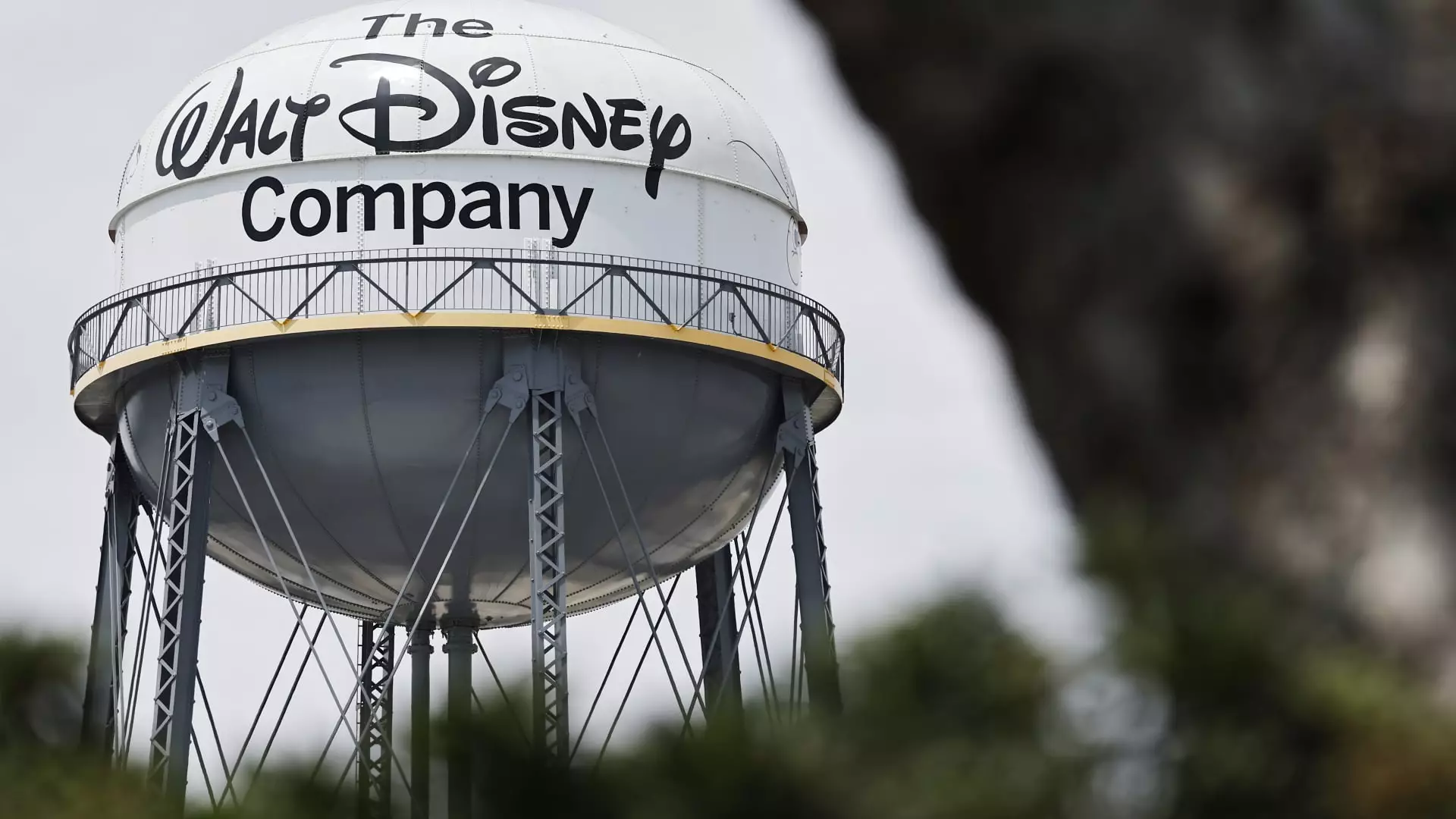Disney stands at a precarious crossroads, caught between the nostalgic comfort of its historical entertainment empire and the relentless push toward digital innovation. While the company’s legacy — animated classics, iconic characters, and immersive theme parks — continues to generate immense brand power, the modern consumer landscape demands more than nostalgia. It requires agile adaptation, yet Disney’s recent strategies suggest a cautious hesitation that borders on complacency. The upcoming earnings report promises insights, but beneath the surface lies a deeper concern: is Disney managing its transformation with the urgency it desperately needs?
The core issue revolves around Disney’s streaming ambitions. While the company touts a substantial subscriber base for Disney+, the road to profitability remains uncertain. The ambitious launch of ESPN’s direct-to-consumer streaming platform signals a critical shift, yet the lack of concrete release dates fuels skepticism. This delay exposes Disney’s inherent tension: the desire to expand digital offerings while grappling with the complexities of transitioning a traditional media giant into a tech-leaning entity. The price point of $29.99 for ESPN’s service further complicates matters, risking alienation among cost-conscious consumers already swayed by more competitive options like Fox’s $19.99 offering.
International Expansion: A Gamble or a Necessity?
Disney’s international ventures, including the announced theme park in Abu Dhabi, are undeniably ambitious. They symbolize an assertion of global dominance, yet this expansion is fraught with risks. The international market is unpredictable—cultural nuances, economic fluctuations, and geopolitical tensions continuously threaten to undermine Disney’s global strategy. While the parks division experienced a modest increase domestically, the decline at international sites underscores an underlying vulnerability. These assets, while glamorous and lucrative, could also become financial liabilities if not managed with nuanced understanding and agility.
The company’s reliance on its traditional strengths—theme parks and consumer products—can no longer sustain growth on its own. Adapting to a future where digital streaming takes precedence requires Disney to honestly assess whether it can innovate without diluting its core brand. It’s vital for Disney to recognize that clinging to the nostalgia of the past while trying to innovate might lead to a confusing identity crisis, which could ultimately diminish consumer loyalty.
Facing the Harsh Reality of Market Expectations
The upcoming earnings report serves as a litmus test for Disney’s trajectory. Wall Street’s expectations, with an EPS of $1.47 and revenue of $23.73 billion, are within reach but hardly reflect the tumultuous environment the company faces. Investors are particularly scrutinizing Disney’s streaming strategy; profitability, subscriber growth, and content relevance are now more important than ever. Disney’s previous claims of reaching streaming profitability are encouraging but can easily be undermined by increased competition, technological challenges, and shifting consumer preferences.
The bigger concern remains whether Disney’s leadership has the agility to pivot as market dynamics evolve rapidly. There is a palpable tension between the desire to uphold the legacy brand and the necessity to innovate aggressively. Should Disney falter in this balancing act, it risks losing ground in an industry that rewards quick adaptation and punishes complacency.
Disney’s current approach reflects a broader struggle within legacy media companies: how to modernize without losing one’s soul. As the company prepares to report earnings, the real story is whether Disney can shake off its nostalgic inertia and redefine itself as an innovator that respects its storied history while embracing a digital future.


Leave a Reply